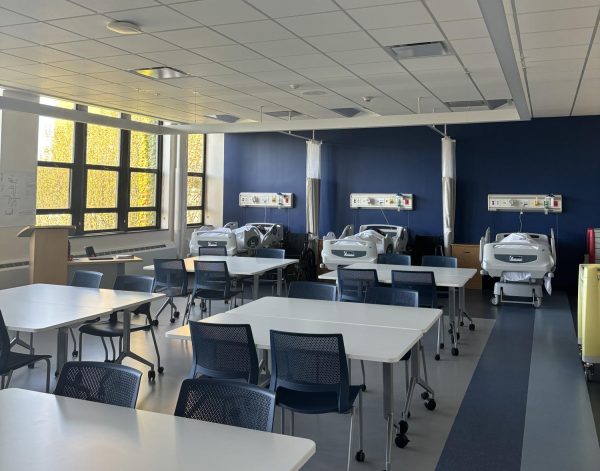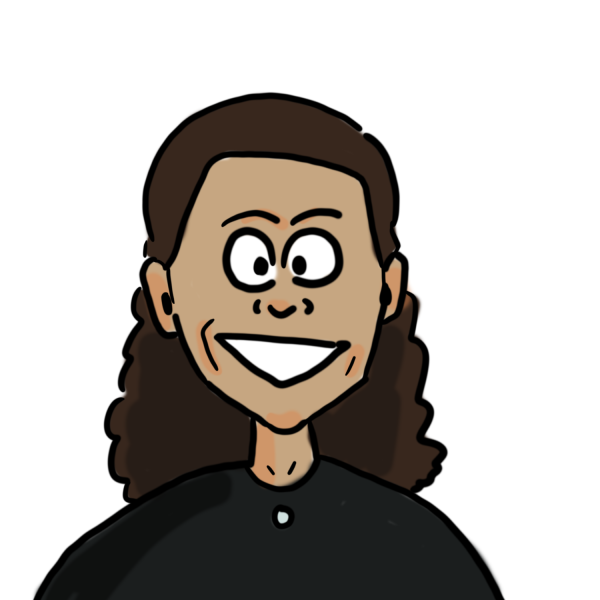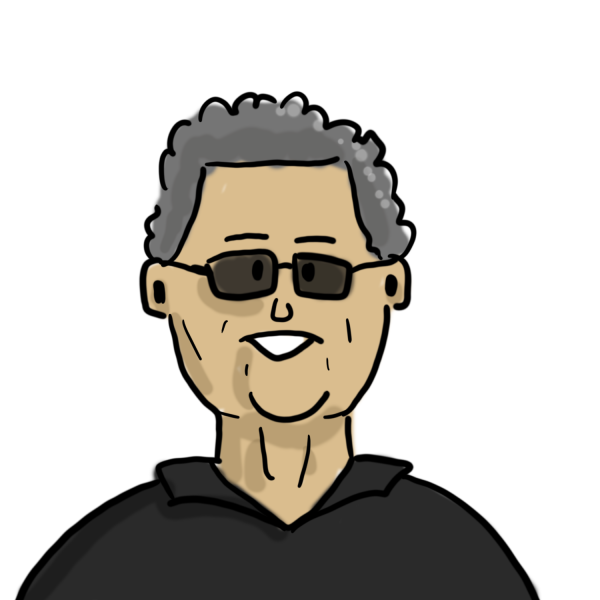ETHS staff reacts to in-person learning, logistics
ETHS is finally back, and it’s better than ever…according to some. After a year like no other, change at the school is undeniable; as the school year begins and the first weeks are completed, students and staff alike have wondered about the effectiveness of the school’s attempts to rehumanize the space, often with differing conclusions.
For many, certain changes are welcome, including the block schedule.
“I like [the block schedule]…I like having the opportunity to manage my own time,” said senior Maeve Schanou.
“[The block schedule] is nice because … there’s time for transitions into class and out of class, and still a lot of time in the middle,” said freshman Solomon Winer.
Many teachers have found that the extended periods have allowed them more teaching flexibility.
“I think I’m doing more check-ins with people and trying to really ask a question, pull the class, have some fun with allowing time to just be for getting to know each other,” said Algebra 2 and AP Statistics teacher Neva Curry. “I think with 42-minute periods, I didn’t feel like that was always doable.”
Certain classes have flourished under the block schedule, namely fine arts classes.
“As an art teacher, we welcome long stretches of time, because there’s always…setup and cleanup. And so that gives us more work time and classwork time,” said fine arts and AP Art History teacher Daria McMeans.
While the block schedule has its pros, some have also found it to be difficult to navigate.
“In terms of structuring class time, thinking about new ways to keep the energy up and keep students engaged in the process [has] been a challenge,” said McMeans.
“I think what is the most stressful right now is that the orange day…is losing so many more days than the blue days,” explained Curry. “I think we would be very hopeful that the administration might have thought to…be more flexible with their schedule and that maybe they could have said [something like], ‘we won’t do the Monday schedule, we’ll let that be an orange day.’”
Another major difference at ETHS has been the presence of masks; for most students and staff, this is undeniably a positive.
“I’m glad we’re [wearing masks] … I know that being in school with so many people is still a risk, but it just makes me feel safer,” said Schanou. “And for people with family members that are high risk, [wearing a mask] makes me feel like I’m protecting them.”
As some semblance of normalcy returns to the school, many teachers have found ways to incorporate what they learned during online school into teaching in-person.
“I used to meet with students one-on-one in breakout rooms to have conversations, because that seemed to be the only way to get to talk to people,” said McMeans. “And that’s something I continue to do; I try to pull people aside, to just talk, to find out about them, and ask them questions about their work.”
Regardless of changes, many students and staff have agreed that being back in the building has been beneficial.
“To be in the presence of students and to have that energy of the room…it’s a welcome change from being online,” said McMeans.
“I’ve been having a lot of fun, and I can connect with my teachers and classmates a lot better [than during e-learning],” said Winer.
While the way ETHS currently functions bears many differences to the way it did in the past, many believe that this was the natural next step.
“I commend [the school] for making changes and for taking chances to try to disrupt the normal flow of the way things have been,” said McMeans. “When an institution is afraid to change,…[it’s] already stagnant.”
As the first month of school comes to a close, the results are as mixed and the opinions are as varied as they have ever been at ETHS. And perhaps, for the time being, that’s the closest to normal we can get.
Your donation will support the student journalists of the Evanstonian. We are planning a big trip to the Journalism Educators Association conference in Philadelphia in November 2023, and any support will go towards making that trip a reality. Contributions will appear as a charge from SNOSite. Donations are NOT tax-deductible.









